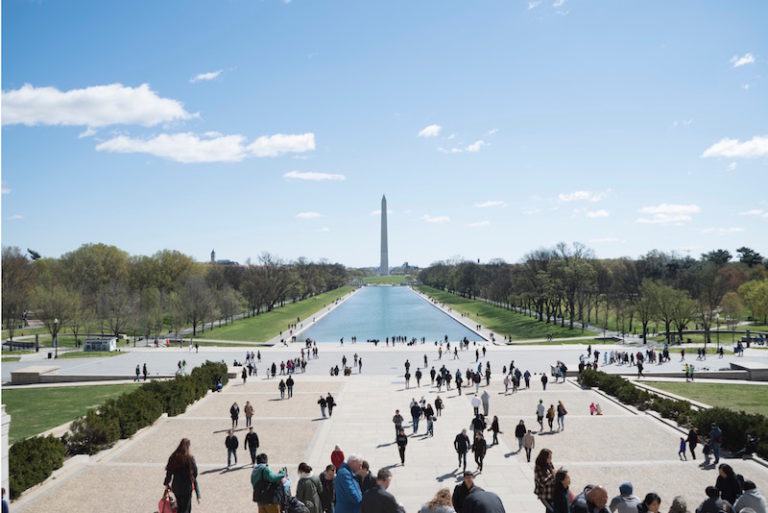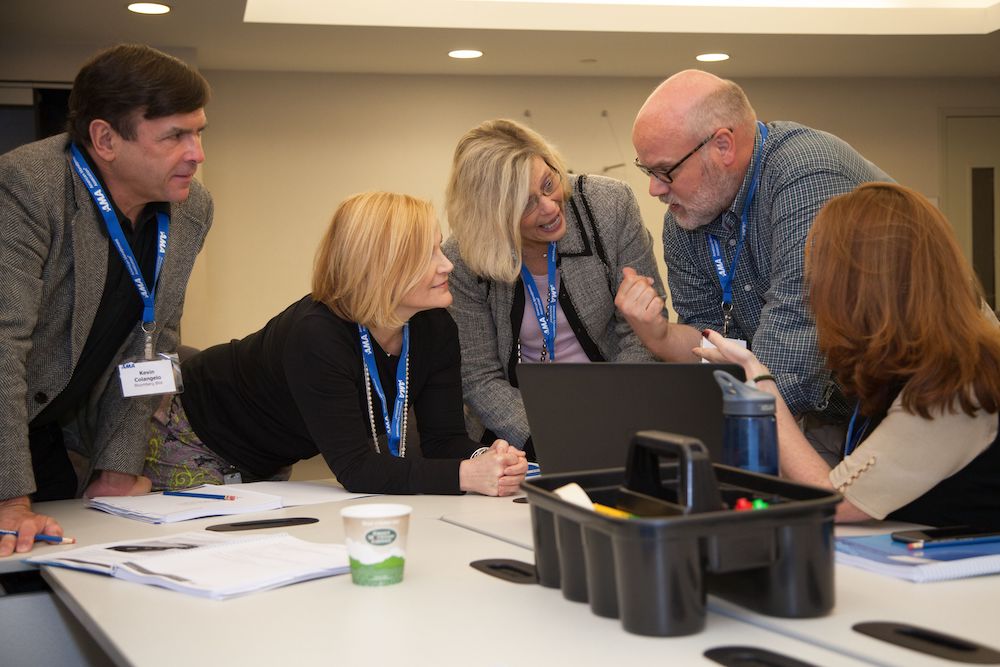
If you’re a manager or team leader, then you need to know how important it is to recognize your team’s efforts. If you make it clear that sweat equity gets noticed and appreciated, then everyone is more likely to go that extra mile. However, while it’s important to get into the habit of seeing and pointing out when people are doing something right, it’s equally important to offer some kind of tangible reward.
For those looking for ideas, you might want to try these:
Reward #1: Points
While it might seem like something out of Harry Potter, rewarding points to teams and individuals who do good work provides a tangible number to represent how well they did. However, as Snack Nation points out, these points should also be used as a kind of reward currency that can be redeemed for actual items (gift cards, prizes, gadgets, etc.). This makes them functional rewards, instead of just a numerical mood booster.
Reward #2: Company Apparel
There’s a reason promotional items tend to be clothing; it’s useful, it’s comfortable, and when you get something for free you make a connection between the brand on your shirt or ball cap with that nice feeling. Insperity suggests that when someone is doing a notable job, you should give them a reward. A free tee shirt, a hat, a sling bag; something that’s useful, that shows your appreciation, and that reminds the employee that their company and team appreciates all their hard work.
Reward #3: Something Small, But Unique
If you want your employee recognition to be really unusual, then make sure it’s something unique. Whether it’s a commemorative coin, a custom action figure, a small print or painting…the sky is the limit. But if you want your recognition to feel really unique, make the reward an “experience!” Maybe “hard to get tickets to” a concert or special event. Experiences over items really helps to set your reward and recognition of your team apart!
AMA Executive Conference Centers offer some of the industry’s best executive meeting and conference venues. We work to help companies and corporate planners across the U.S. facilitate meetings with the best possible outcomes. Click here to contact us today to see how we can help in planning your next meeting in Atlanta, New York, Washington DC or San Francisco.








